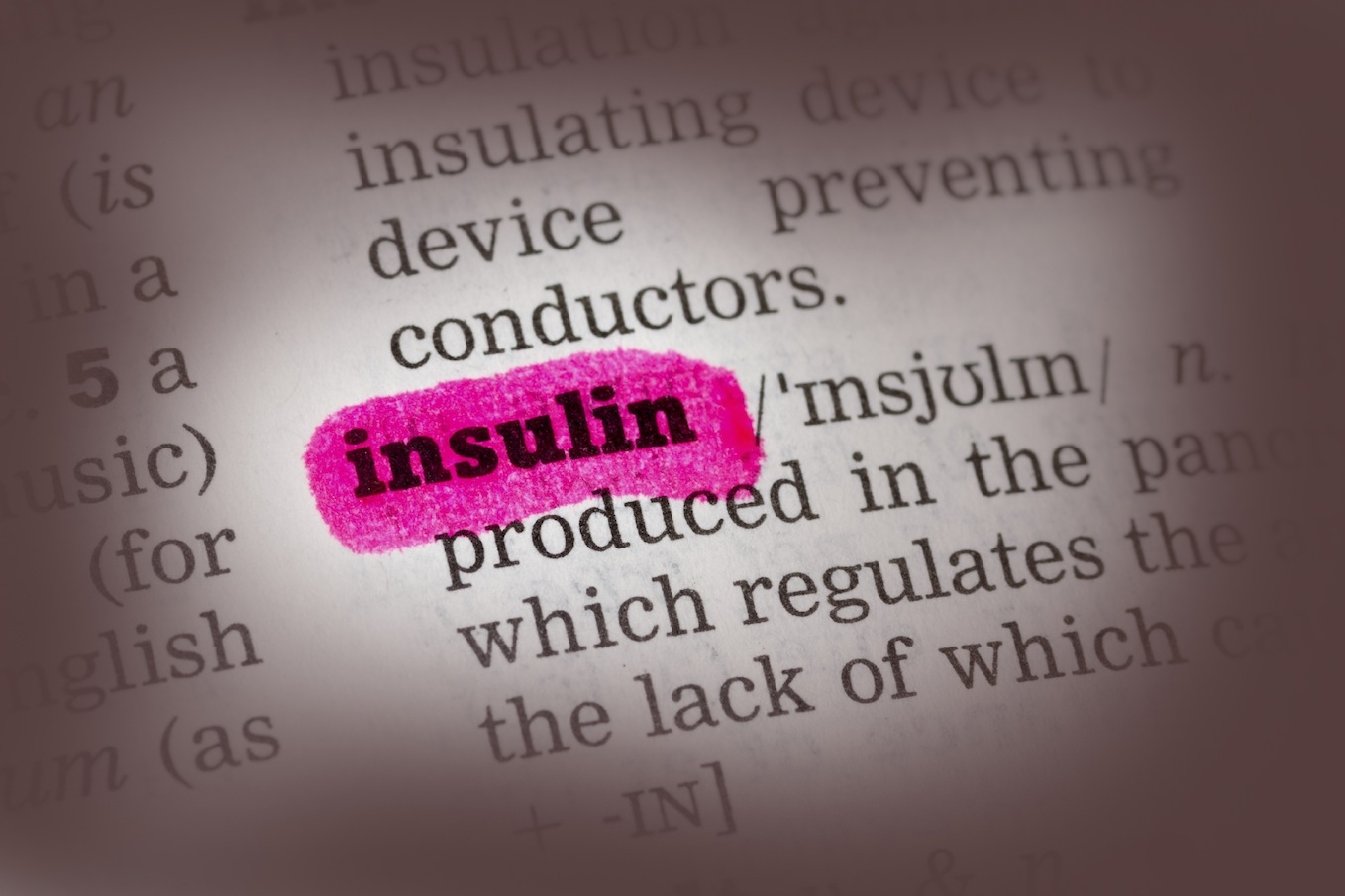Chances are you’ve heard of intermittent fasting, as it’s an emerging health and fitness trend that’s garnering quite a lot of attention these days. In case you aren’t familiar with the concept, “intermittent fasting” is essentially an umbrella term referring to any dietary regimen that involves “intermittent” cycling between periods of fasting and eating (“feasting”).
Ongoing research and an abundance of anecdotal evidence suggests that intermittent fasting is just as effective for weight loss as daily calorie restriction (oftentimes better over the long term). Furthermore, fasting intermittently comes with a laundry list of additional health benefits that extend far beyond weight loss.
I can certainly attest to some of the many benefits of fasting intermittently.
In fact, if you know me personally or even follow me on social media, you’ve likely noticed that I follow an intermittent fasting regimen and have been doing so since 2012. I initially stumbled upon the concept during my doctoral studies at the University of Illinois Chicago (UIC), where a considerable amount of related research was (and still is) actively taking place.
Interestingly, after having experimented with intermittent fasting for a couple of months, I effortlessly and unintentionally lost 20 pounds and subsequently maintained the weight loss for several years. Eventually, I deliberately gained half the weight back (a matter of personal preference) but have continued to fast intermittently for weight maintenance purposes.
Related Article: An Unintentional 20-Pound Weight Loss
Now, let me be clear: Intermittent fasting is not another fad diet.
It’s actually not even a diet at all.
It’s a lifestyle.
“Intermittent fasting” is essentially an umbrella term referring to any dietary regimen that involves “intermittent” cycling between periods of fasting and eating (“feasting”).
As a health coach and scientist with expertise grounded in fitness, nutrition and rehabilitation, I can honestly say that intermittent fasting is one of only a few dietary regimens I generally recommend for both weight loss and long-term successful weight loss maintenance.
To help you understand why, I’m going to delve into some key facts and data pertaining to intermittent fasting and also clarify some common misconceptions in case you’re interested in trying it yourself.
Basics of Intermittent Fasting
The true practice of intermittent fasting involves either eliminating or restricting all food and calorie-containing beverage consumption during certain hours of the day or days of the week. Unlike a lot of traditional dietary approaches, intermittent fasting doesn’t require continuous calorie restriction or even calorie counting for that matter.
When fasting intermittently, you’re simply capitalizing on your body’s inherent fat-burning potential. I’ll explain this in more detail a bit later.
Now, there are many types of intermittent fasting regimens that you can adopt, which often leads to confusion since there is no one-size-fits-all approach. To simplify the discussion, I’m going to highlight some of the more well-known types, which include one-day fasting, two-day fasting, alternate day fasting, and the 16:8 approach.
The true practice of intermittent fasting involves either eliminating or restricting all food and calorie-containing beverage consumption during certain hours of the day or days of the week.
One-Day Fasting
The simplest type of intermittent fasting is one-day fasting. As the name implies, no foods or calorie-containing beverages are consumed for a single day. This “fasting” day is usually incorporated at the very beginning or very end of each week. On all other days, there’s either normal or very modest reductions in food intake (about 100-300 calories each day).
Two-Day Fasting
During two-day fasting, calorie intake is generally restricted for two days each week with normal eating patterns on all other days. The two-day calorie “restriction” typically involves a very low-calorie intake (ideally high in protein) of about 500-600 per day. However, calorie-free beverages like water, coffee and tea are allowed in limitless quantities.
Alternate Day Fasting
Alternate day fasting (or every other day fasting) involves complete abstinence from all foods and calorie-containing beverages for a full 24 hours followed by a non-fasting period of 24 hours. During the non-fasting period unrestricted amounts of food can be consumed. Some variations allow for a very low-calorie intake (about 200-400) on fasting days.
16:8 Approach
Loosely derived from diurnal (“daytime”) fasting, the 16:8 approach involves complete abstinence from all foods and calorie-containing beverages for 16 hours each day followed by 8 hours of “feasting.” During feasting hours, unrestricted amounts of food can be consumed in one large meal or multiple mini-meals. The feasting period is flexible but ideally begins after 11 am; however, you can always pick a time of day that suits your lifestyle and schedule.
Since first adopting an intermittent fasting lifestyle back in 2012, I’ve been following my own version of the latter 16:8 approach.
For the most part, I don’t consume anything but water, coffee and/or tea (without additives) for 16 hours a day, which includes the 6-8 hours during which I’m asleep and most of the daylight hours. For instance, if I consume my last meal or snack at 9:00pm, I’ll “break the fast” at 1:00pm the next day. This gives me a solid 8-hour window for feasting.
Within this timeframe I generally consume one large meal along with 1-2 mini-meals or snacks. The calorie range of my large meal is typically between 1,200 and 1,500, but, to be honest, I’ve actually stopped counting calories since adopting a lifestyle of intermittent fasting. Instead, I simply monitor my daily servings of macronutrients to ensure that my nutritional needs are met.
Related Article: Intermittent Fasting: How I Control My Weight By Eating One Meal a Day
So, now that you have some basic knowledge of intermittent fasting, let’s talk about why it actually works.
Why Intermittent Fasting Works
The science behind the effectiveness of intermittent fasting is actually quite simple: In the fasted state your body constantly breaks down stored fat and converts it into useable energy. This is an ideal situation for weight loss and long-term weight management, and one of the main reasons why fasting this way can be more effective than traditional dietary approaches.
Furthermore, combining your intermittent fasting efforts with regular exercise training can greatly magnify your body’s fat-burning potential.
Prior to dropping 20 pounds with intermittent fasting, I was already an avid athlete—lifting weights intensely and running an average of 30-40 miles each week. When I started fasting intermittently, I continued my normal exercise patterns (generally during my fasting window) and the fat and inches literally melted away.
As is common practice for many to engage in “fasted” workouts in the morning, before breakfast, normal exercise behaviors and training intensity can safely be maintained during any intermittent fasting regimen.
The science behind the effectiveness of intermittent fasting is actually quite simple: In the fasted state your body constantly breaks down stored fat and converts it into useable energy.
In fact, intermittent fasting might even enhance exercise performance through a phenomenon known as “glycogen supercompensation.” This holds especially true for regimens that involve skipping daytime meals (breakfast and/or lunch).
Related Article: Don’t Be Afraid To Skip Breakfast
Might sound crazy but it’s true!
Let me digress here to explain why.
In the absence of daytime meals, blood glucose levels are maintained by breaking down glycogen, which is the stored form of glucose that’s mainly housed in the liver and muscle. The average person can hold up to 2,000 calories of stored glycogen. That’s enough to fuel up to two hours of high-intensity exercise training.
Once the liver and muscle cells have met their storage capacity for glycogen, any remaining glucose is generally converted to triglycerides (fat) and stored in adipose tissue, primarily as visceral fat. But, remarkably, intermittent fasting can improve the body’s ability to store larger amounts of glucose as glycogen (up to 1,500 additional calories when combined with training).
Related Article: How Insulin Impacts Fat Burning and Weight Loss
This is the glycogen supercompensation effect and it’s especially beneficial for endurance athletes in addition to folks who regularly engage in strenuous weight lifting.
Moreover, unlike traditional dieting approaches involving calorie restriction, intermittent fasting is not associated with muscle loss, declines in metabolism or deficits in muscle strength so long as adequate quantities of protein and other macronutrients are consumed during non-fasting hours.
In addition, through the glycogen supercompensation effect, intermittent fasting also helps prevent visceral fat storage and ultimately belly fat accumulation, which further bolsters its weight loss-promoting potential.
But, the potential benefits of intermittent fasting don’t stop at weight loss and exercise performance enhancement!
Since intermittent fasting favorably influences the ways in which the body utilizes and stores blood glucose, it’s a highly effective lifestyle strategy for diabetes prevention and has been proven to be as effective as continuous calorie restriction in lowering blood glucose levels among people who already have diabetes.
Unlike traditional dieting approaches involving calorie restriction, intermittent fasting is not associated with muscle loss, declines in metabolism or deficits in muscle strength.
Intermittent fasting has also been shown to lower LDL (“bad”) cholesterol and triglycerides (fat in the blood), both of which are risk factors for heart disease and stroke.
Additionally, certain regimens have been linked to significant reductions in blood pressure and inflammation. Since inflammation drives the progression of a wide range of chronic diseases (heart disease, diabetes, arthritis, neurodegenerative diseases and various forms of cancer), fasting intermittently could prove to be an especially effective lifestyle strategy for prevention.
Related Article: A Beginner’s Guide to Intermittent Fasting: What to Eat for Maximum Results
Drawbacks of Intermittent Fasting
Though many nutritionists, physicians and medical researchers remain skeptical of the concept, intermittent fasting is constantly being investigated and continuously proven as a safe and effective lifestyle strategy. In fact, possible side effects mirror those associated with traditional dieting approaches, which include anxiety, fatigue, nausea, irritability and hunger.
These side effects generally subside within a couple of weeks of fasting; but, consuming sufficient amounts of high-quality foods during feasting periods is the absolute best way to counter them.
I should also mention that fasting intermittently can lead to dehydration, which is why all regimens encourage regular consumption of water and other calorie-free beverages. On the average, the body requires about 8-12 eight-ounce cups of water each day in order to function properly. However, certain circumstances may necessitate increased water consumption.
Related Article: Why Water is More Important Than Food
Intermittent fasting might not be appropriate for children and adolescents, women who are pregnant (or in some cases lactating), and older adults, as the risk of micronutrient deficiencies is greatly increased without proper dietary planning. If you already have a medical condition such as heart disease, diabetes or cancer, be sure to consult with your physician before even attempting to start an intermittent fasting regimen.
Possible side effects of intermittent fasting mirror those associated with traditional dieting approaches, which include anxiety, fatigue, nausea, irritability and hunger.
And, one last thing.
If you struggle with a diagnosed eating disorder, or even more subtle forms of disordered eating that haven’t necessarily been diagnosed, whether past or current, intermittent fasting is not at all recommended. In these cases, fasting intermittently may promote further self-imposed food restrictions and/or exacerbate any existing obsessions with food. The same holds true for traditional dieting approaches.
The Net-Net
Weight loss can easily be achieved by simply reducing your total food intake and/or restricting calories on a day-to-day basis. There’s no doubt about that. But, for many it can be quite difficult to stick with such practices for extended periods of time. Prolonged, and even periodic, intermittent fasting can be an excellent alternative for weight loss and long-term weight loss maintenance, as it doesn’t require continuous calorie restriction or calorie counting.
Contrary to popular belief, it really doesn’t matter how many meals you eat in one day, what time of day you eat them or even how small or large your meals are. Everyone has different food preferences, schedules, and lifestyles. At the end of the day, what matters most is your total nutrient intake and the overall quality of your diet. Also important is that you regularly engage in physical activity, as this is critical for long-term success.







